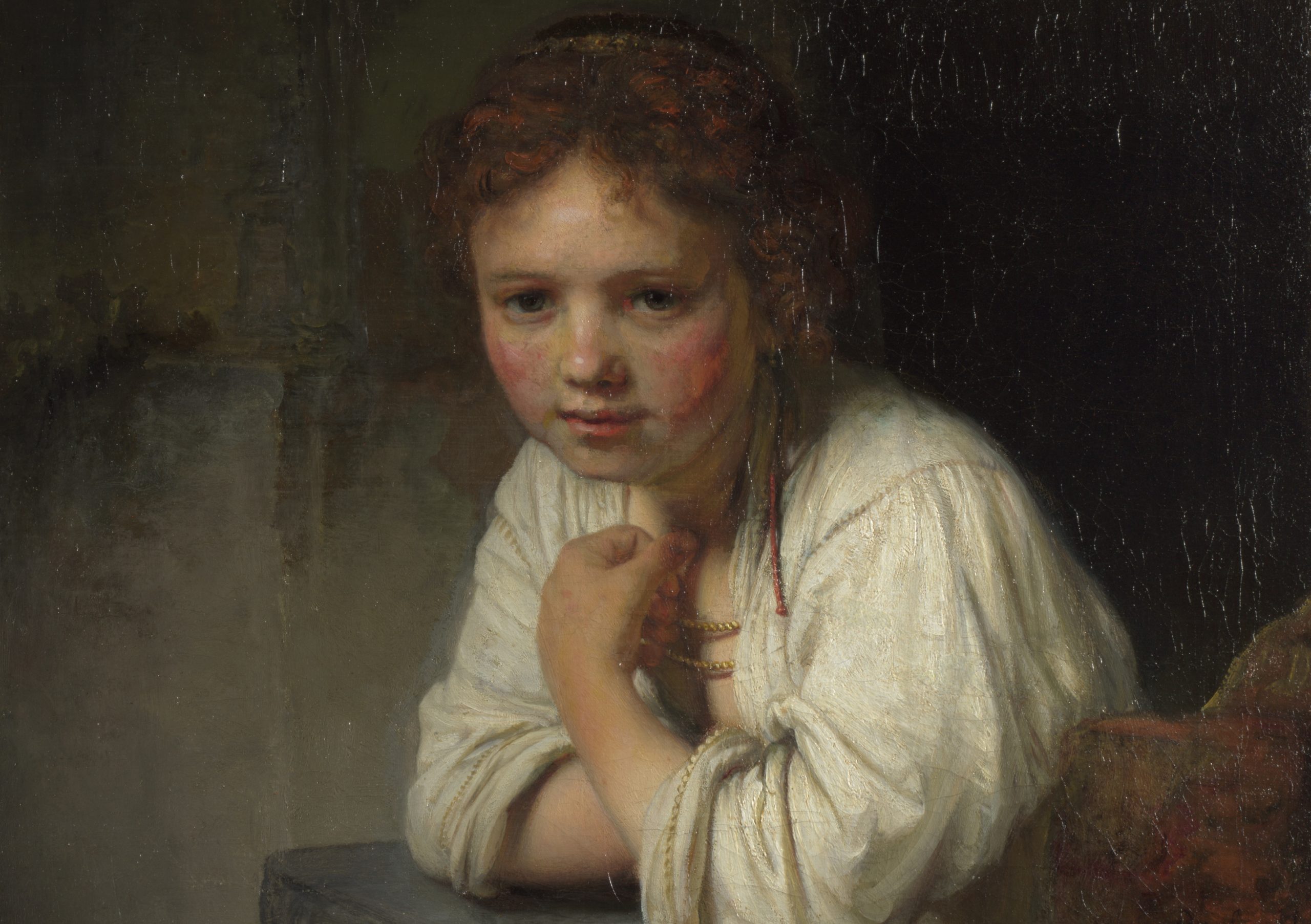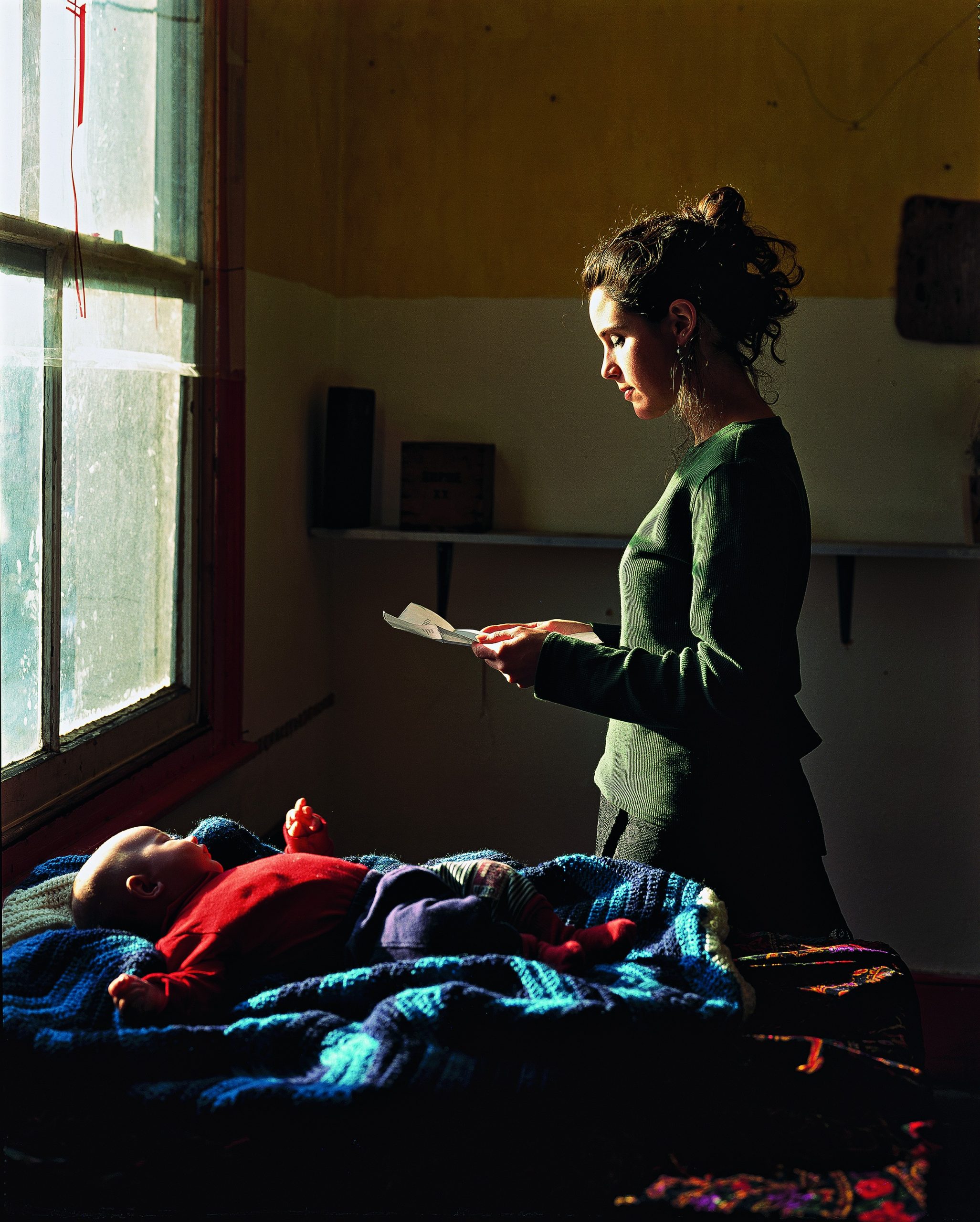
★★★★☆
Women are mysterious and elusive in Dulwich Picture Gallery’s new exhibition, Reframed: The Woman In The Window. This isn’t so much the terrible Amy Adams-Netflix film, but a thoughtful look at the role of a woman in art history.
Art history is largely dominated by male artists, usually painting or photographing for men. Women are often the muses or models, subjects of the works of arts. In Dulwich Picture Gallery’s new exhibition, women are front and centre, in front of a window.
Reframed: The Woman In The Window focuses on this popular motif which has appeared in many forms of art throughout history. The earliest piece in the exhibition is from roughly 900 BCE and the newest was only completed about a month ago. There are works that are perhaps better known as well as pieces from personal collections, but curator Dr Jennifer Sliwka draws lines through all these with passion and dedication.
It’s a fascinating exhibition, drilling into just how women were portrayed. It wouldn’t work half as well if it wasn’t for the times we were living through currently; post-#MeToo and fourth wave feminism. This isn’t to say that Reframed is a feminist exhibition, but our current times simply informs us and aids our understanding.

The exhibition is divided into 4 rooms with 8 sections, each with its own clear theme. The first room largely focuses on the origins of the motif with the inclusion of Rembrandt’s iconic “Girl At A Window”. After that we move through time, not so much in linear fashion, but more in terms of women’s roles through history, whether that was a sex worker or a domestic being, shown inside a kitchen with a butchered chicken laying on the counter.
The last room is dedicated to women as artists. In this room, women take a more active, participating role in the works, as authors as well as subjects. In earlier works, the women portrayed were nameless, sometimes even faceless, but they were always mysterious. The male gaze is strong here, but it’s not necessarily an oppressive gaze, but one that attempts to understand the subject.
The women portrayed in these works have unknown motives, perform unknown actions, they’re complete strangers to us. They’re watched by us, but they’re also the watchers while also often remaining unseen and voiceless. It’s at times uncomfortable, the audience feels like peeping toms, looking at these women, frozen in time, powerless and still.
While the exhibition feels maybe a little brief and it features frustratingly few female artists, despite that last room, it’s definitely worth seeking out. It’s carefully curated and while there’s perhaps nothing new to be learned, it’s fascinating to see the bigger picture of the motif in use.


